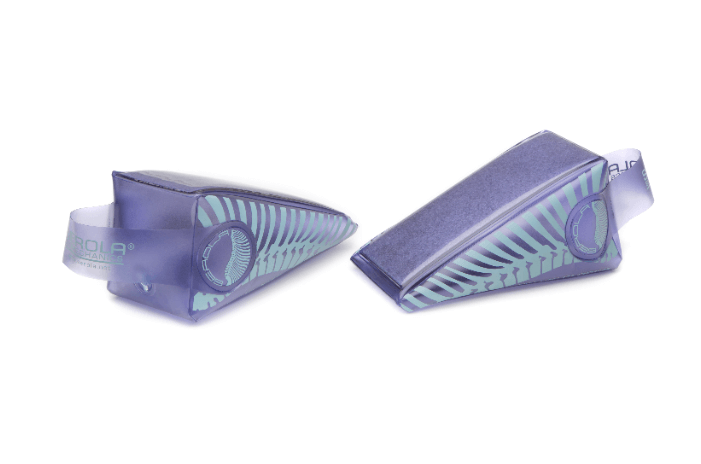Serola Inflatable Pelvic Blocks

Doctors who use the blocking techniques developed by Dr. Major B. DeJarnette will easily recognize the most obvious benefit of inflatable blocks, their portability. Because they can deflate relatively flat, they are very convenient for travel. They easily fit in a briefcase or glove box.
Inflatable pelvic blocks have been made before but they have functioned poorly because the ASIS causes a depression in the soft surface that simulates a bowl rather than a wedge.
Serola Biomechanics has solved this problem by placing a foam covered board into the top surface of the blocks. This board creates a firm surface that floats on a cushion of air.
As many doctors know, Dr. DeJarnette always stressed the importance of the carpet tacks on the bottom of his original blocks. These tacks allow the blocks to rock on a thick, foam covered board so that they can adapt to the body’s respiratory motion and guide the pelvis into correction.
The Serola Inflatable Pelvic Blocks apply this rocking principle more effectively. Because the board floats on a cushion of air, it rocks more freely, and is better able to adjust to the body’s downward forces, even without a bottom board.
The flexibility of the board allows it to bow slightly as the pelvis presses down. This slight bowing creates a spring-like cushioning effect which, when combined with the foam board, provide superior comfort, especially for thin and sensitive patients. However, the board is firm enough to maintain the wedge shape and provide superior function.
In summary, these new inflatable blocks provide much more than improved portability; they provide superior comfort and function compared to standard wood and foam blocks.
After years of research and re-design, the Serola Pelvic Blocks are finally available in tough urethane for years of trouble-free use.

